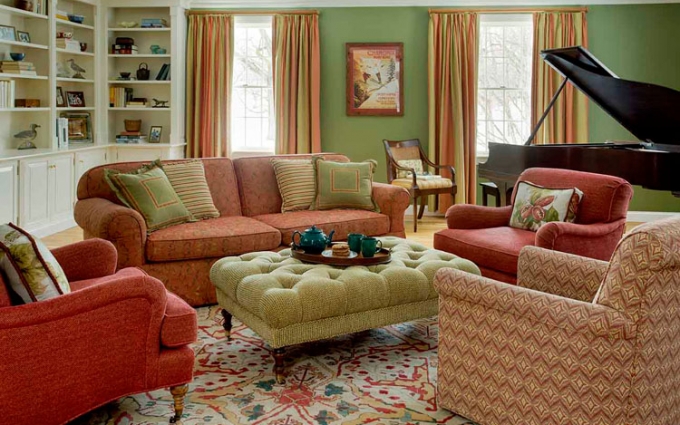
A thought provoking discussion on traditional interior design
Recently I attended a seminar at the Boston Design Center titled, “What’s Traditional Now?” by Krissa Rossbund, Senior Style Editor of Traditional Home Magazine. Krissa is an award-winning journalist as well as a lifestyle and trend expert who spends her days reporting on today’s modern homeowners – how they decorate, how they entertain, how they live – to shape each issue of Traditonal Home to fit it’s tagline of ‘Classic Taste, Modern Life’.
This lively presentation explored how a traditional lifestyle translates into today’s interiors. The Boston Design Center remarks, “Boston has long been recognized for it’s historic landmarks, classical architecture and time honored design. It is an enduring esthetic that Traditional Home Magazine has consistently heralded in its pages. But as a Traditional home, the word traditional isn’t used to solely describe an aesthetic but a lifestyle that touches all the senses and draws from many eras.” Living and working in Boston, I understand Traditional Design and how it has evolved over the years. I have witnessed a paradigm shift over the years in what has been considered ‘traditional interior design’ and what is traditional now. This photo of a stately home I designed in Georgia is a good example of today’s traditional – more casually traditional, not stuffy and formal. It features architectural details from traditional homes of earlier days like the candle sconces, wood paneling, shelving, and a fireplace with traditional mantle yet the furniture details are more relaxed, clean and modern.
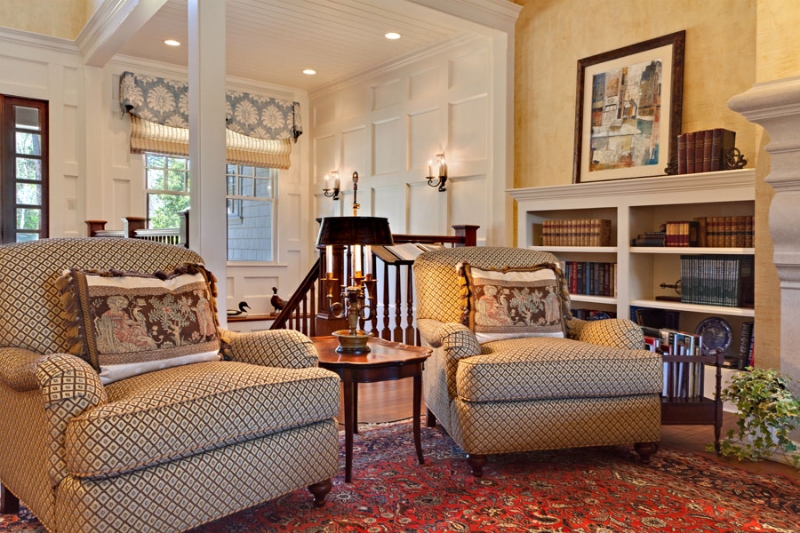
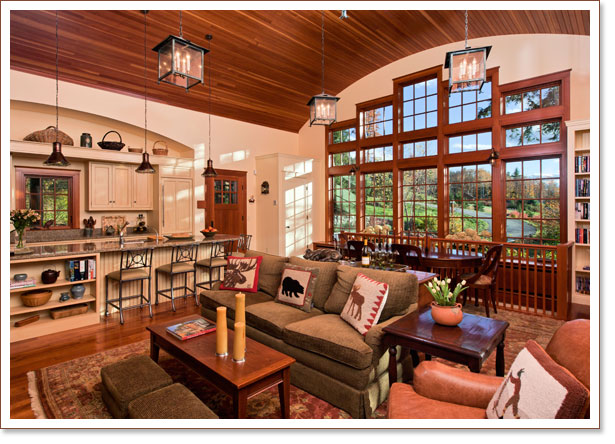
What design style do you like? Are you traditional? Or does ‘the new traditional’ characterize you?
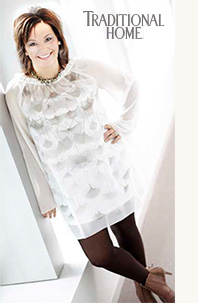
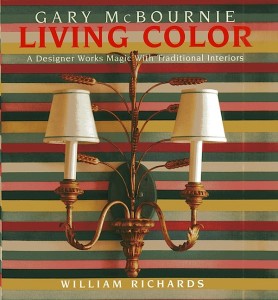
Leave a Reply